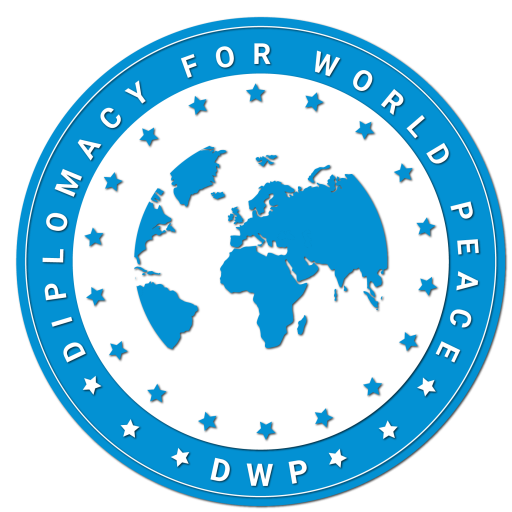World peace, or peace on Earth, is the concept of an ideal state of happiness, freedom, and peace within and among all people and nations on Planet Earth. Within this idea of the world, nonviolence is one motivation for people and nations to willingly cooperate, either voluntarily or by virtue of a system of governance that has this objective. Different cultures, religions, philosophies, and organizations have varying concepts on how such a state would come about.
The term is traced back to the Roman Emperor Hadrian (reigned CE 117 – 138), but the concept is older. In the Indian epic Ramayana (7th to 4th centuries BCE) Lord Rama is quoted as saying “Bhay Bin Hoye na Preet”, meaning once prayers for peace fail, one may need to instill fear to bring peace. In 1943, at the peak of World War II, the founder of the Paneuropean Union, Richard von Coudenhove-Kalergi, argued that after the war the United States was bound to take “command of the skies” to ensure the lasting world peace:
But the inauguration of such a glorious century of peace demands from us abandonment of old conceptions of peace. The new Angel of Peace must no longer be pictured as a charming but helpless lady with an olive branch in her hand, but like the Goddess of Justice with a balance in her left and a sword in her right; or like the Archangel Michael, with a fiery sword and wings of steel, fighting the devil to restore and protect the peace of heaven.[1]
In fact, near the entrance to the headquarters of the SAC at Offutt Air Force Base stands a large sign with a SAC emblem and its motto: “Peace is our profession.”[2] The motto “was a staggering paradox that was also completely accurate”.[3] One SAC Bomber—Convair B-36—is called Peacemaker and one inter-continental missile-LGM-118–Peacekeeper.
In 2016, former U.S. Secretary of Defense Ash Carter envisaged that the re-balance to the Asia-Pacific will make the region “peaceful” through “strength”:
You, and your fellow soldiers, sailors, airmen, and Marines will solidify the rebalance, you will make this network work, and you will help the Asia-Pacific … realize a principled and peaceful and prosperous future. And play the role only America can play … You’ll do so with strength.[4]
Introduction to US National Security and Defense Strategies of 2018 states: The US force posture combined with the allies will “preserve peace through strength”. The document proceeds to detail what “achieving peace through strength requires”.[5]
Associated with peace through strength are concepts of preponderance of power (as opposed to balance of power), hegemonic stability theory, unipolar stability, and imperial peace (such as Pax Romana, Pax Britannica, or Pax Americana).


